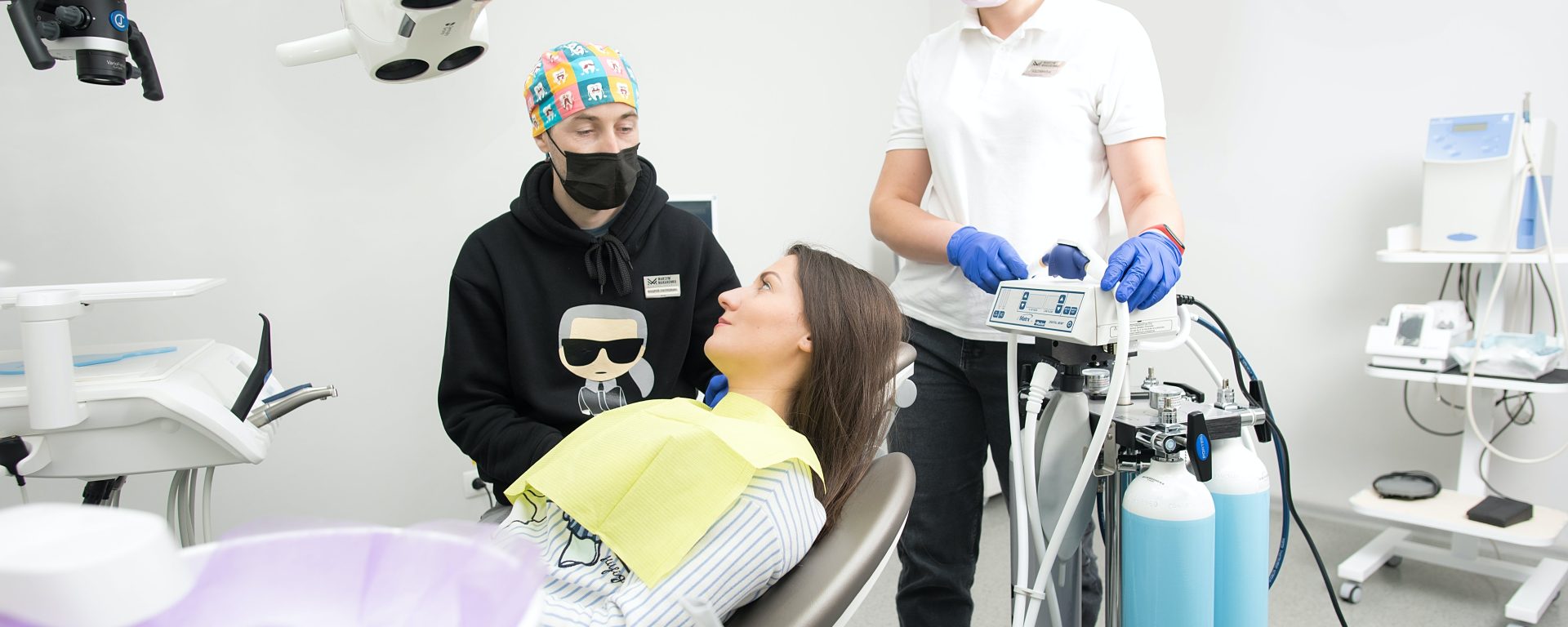In 2014, Salsbury, et. al., conducted study about Chiropractic care which is a multifaceted health intervention that encompasses both specific treatment effects and non-specific, or placebo, effects. While the impact of doctor-patient interactions is an integral part of the non-specific effects associated with chiropractic care, these aspects are often overlooked in clinical trials. In this study, our objectives were threefold: 1) to develop a tool for assessing practitioner-patient interactions, 2) to determine the equivalence of a chiropractor’s verbal interactions and treatment delivery for participants in active and sham chiropractic groups, and 3) to elucidate the perceptions of a treatment-masked evaluator and study participants regarding their treatment group assignments.
We conducted an observational analysis of digital video recordings obtained during a pilot randomized trial exploring conservative therapies for temporomandibular pain. Through an iterative, theory-based process, we developed a 13-item Chiropractor Interaction and Treatment Equivalence Instrument. A trained evaluator, unaware of treatment allocation, coded video recordings of clinical encounters between one chiropractor and multiple visits involving 26 participants assigned to either active or sham chiropractic treatment groups. Non-parametric statistics were employed for analysis.
The trial was conducted from January 2010 to October 2011, with a total of 111 complete video recordings analyzed (54 active, 57 sham). Chiropractor-patient interactions exhibited differences between the treatment groups in seven categories. Active participants received more interactions involving clinical information (8 vs. 4) and explanations (3.5 vs. 1) within the therapeutic domain. In the procedural domain, active participants received more directions (63 vs. 58) and adjusting instrument thrusts (41.5 vs. 23). Furthermore, they received more optimistic (2.5 vs. 0) or neutral (7.5 vs. 5) outcome statements in the treatment effectiveness domain. Active participants also had longer visit durations (13.5 vs. 10 minutes). The evaluator correctly identified 61% of active care video recordings as active treatments but accurately categorized only 31% of sham treatments. Following the first treatment, 82% of active participants and 11% of sham participants correctly identified their treatment group. After two months, 93% of active participants and 42% of sham participants accurately recognized their group assignment.
Our study demonstrates the feasibility of evaluating doctor-patient interactions in chiropractic clinical trials by utilizing video recordings and standardized instruments. To enhance the design of clinical trials and clinician training protocols, it is imperative to improve and assess the equivalence of doctor-patient interactions between treatment groups. These findings shed light on the significance of non-specific effects in chiropractic care and the need for a more comprehensive evaluation of such effects in clinical trials.
Reference: Salsbury, S. A., DeVocht, J. W., Hondras, M. A., Seidman, M. B., Stanford, C. M., & Goertz, C. M. (2014). Chiropractor interaction and treatment equivalence in a pilot randomized controlled trial: an observational analysis of clinical encounter video-recordings. Chiropractic & manual therapies, 22(1), 1-13.
